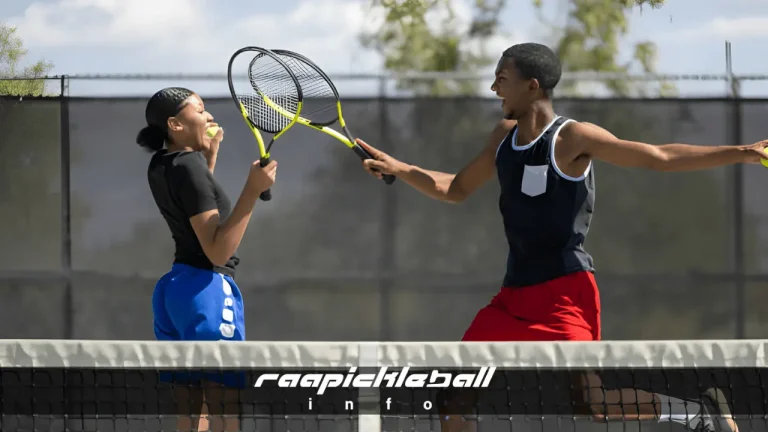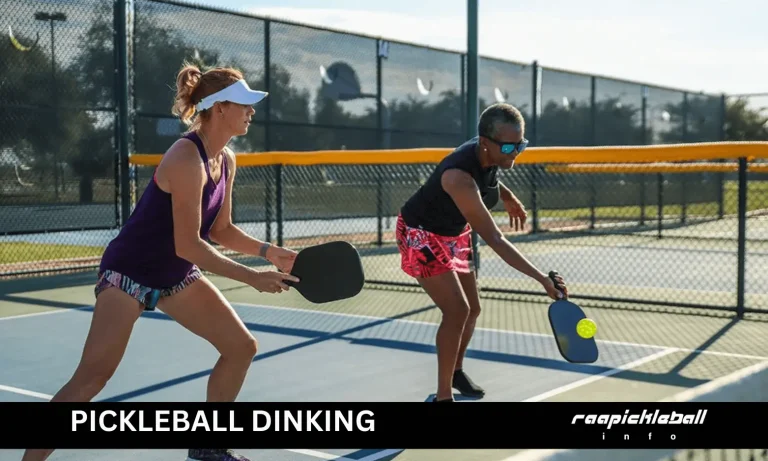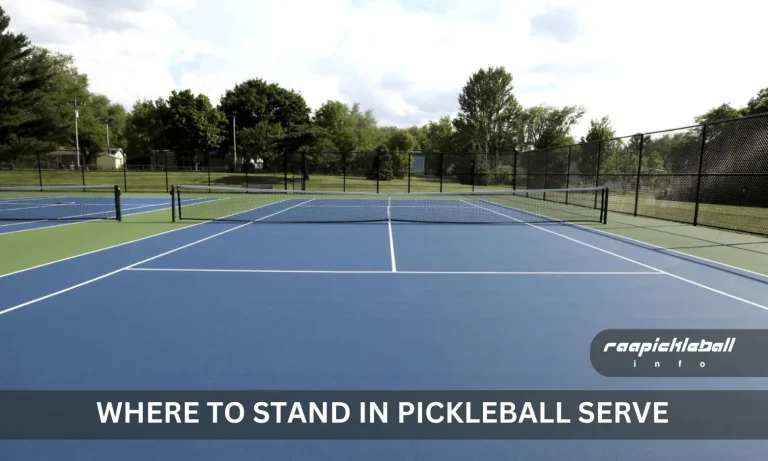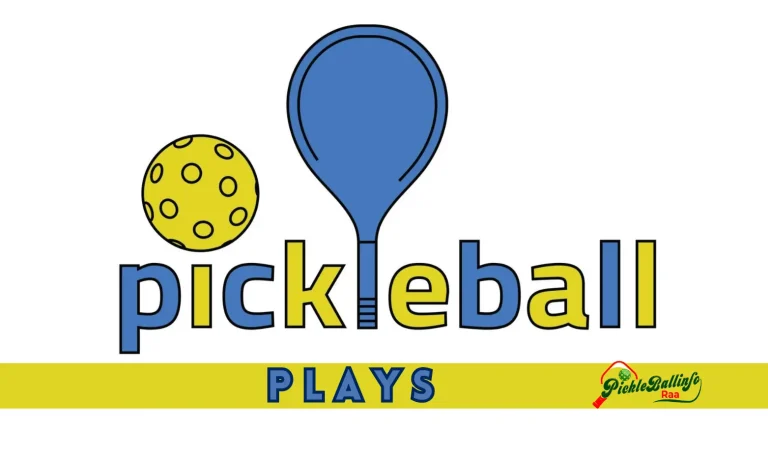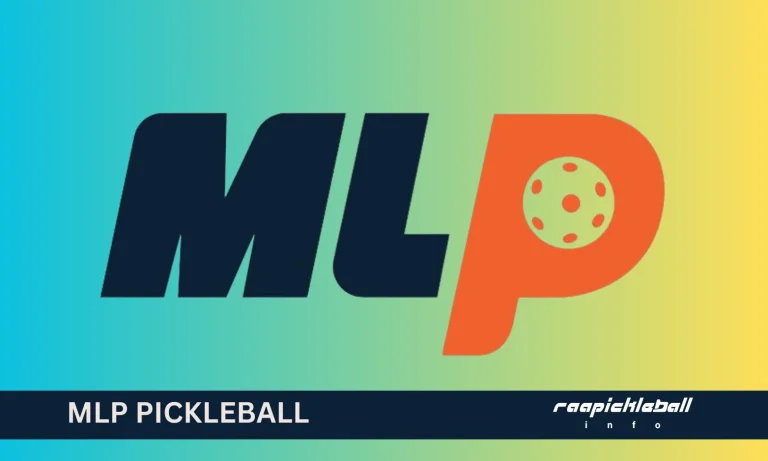Pickleball is a fun sport that combines elements of tennis, badminton, and table tennis. Like in any sport, having a good strategy can give you an edge over your opponents. One popular technique in Pickleball is called ‘poaching.’ However, it’s not without controversy. Some people love it, and some don’t.
In this guide, we’ll look closer at poaching in Pickleball, why it’s used, and why it stirs up debate among players. Let’s dive right in!
Pickleball Poaching | When and Where to Apply It
Pickleball poaching is a strategic move where one player crosses the center of the court to hit the ball on their partner’s side. It’s an aggressive approach that can surprise opponents and change the game’s momentum. Here’s when and where to apply poaching:
When to Apply Poaching
- If the ball is in the air, Poaching works best when your opponents hit a floating ball, allowing you to step in.
- If your partner is struggling, try poaching to relieve some pressure.
- To change the game’s pace: If you’re falling behind or the game is becoming predictable, introducing a poach can mix things up.
- For a more vital shot, poaching can be more potent if you’re in a better position or the ball comes to your forehand (and your partner’s backhand)
When Not to Apply Poaching
- If you can’t secure the point: Don’t poach if you’re not confident you can win the point. Poaching and not securing the point can leave your half of the court open, setting your opponents up for an easy shot.
- In recreational games, Poaching can be seen as aggressive, and it might not be appreciated in friendly, casual games, especially if you’re playing with less experienced players.
- If your partner can take a better shot, Poaching is about applying pressure. If your partner can return a more aggressive shot, it’s better to let them handle it.
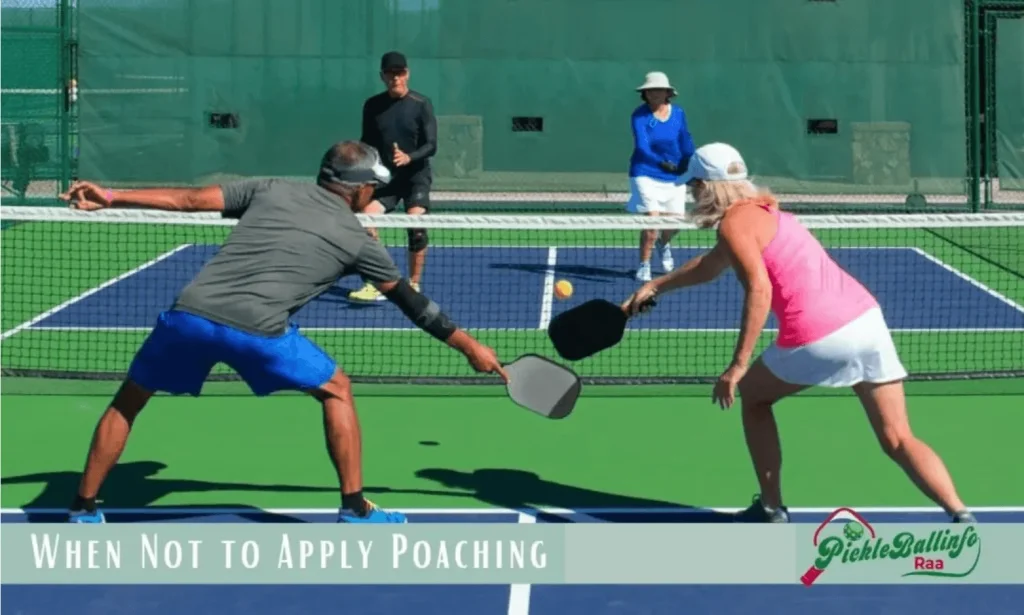
Poaching is a strategic move in Pickleball. It can be a game-changer when used at the right time and in the right situations, but it can also lead to lost points if not executed properly. Understanding when and where to poach can significantly enhance your pickleball performance.
Techniques and Strategies for Pickleball Poaching
Effective poaching requires the proper techniques, strategies, and timing. Here’s a breakdown of how to execute a successful poach:
1. Master the Basics
Keep a watchful eye on the ball, anticipate your opponent’s shots, and be ready to move quickly when the opportunity arises.
2. Positioning and Timing
Stand near the centerline of the court. This position allows you to move to your partner’s side swiftly.
Timing is crucial. Poach when your opponents are least expecting it to keep them off guard.
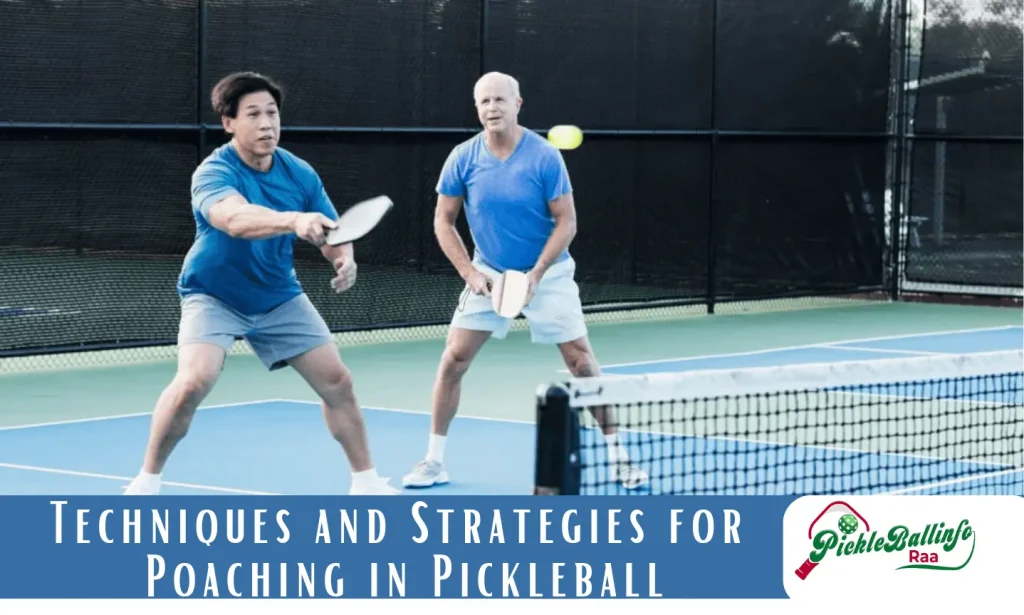
3. The Poaching Move
When your opponent hits a weak or floating shot, cross the centerline swiftly yet smoothly.
Prepare to hit the ball aggressively to keep pressure on your opponents.
4. Communication is Key
Ensure your partner knows when you’re about to poach so they can cover your side of the court.
5. Practice Faking
Faking a poach can be just as effective as the actual poach. By pretending to move, you can distract your opponents and force them to make errors.
6. Shake and Bake Strategy
It involves one partner serving or returning while the other poaches immediately after. It’s an effective surprise tactic that can disrupt the opponents’ rhythm.
Thus, the key to successful poaching in Pickleball lies in practicing these strategies, communicating effectively with your partner, and perfecting the timing of your move
The Ethics of Pickleball Poaching
As practical as it can be, poaching is subject to controversy. Let’s delve into the ethics of Pickleball poaching, its impact on sportsmanship, and what the pickleball community thinks about this divisive tactic.
1. The Controversy:
Some players consider poaching an aggressive move that disrupts the spirit of the game. They argue that it discourages less experienced players and alters the game’s friendly nature.
2. Sportsmanship and Fair Play:
Good sportsmanship is integral to Pickleball, as it is to all sports. While poaching is technically within the rules, some pickleball players feel it goes against the principle of fair play, particularly in recreational matches.
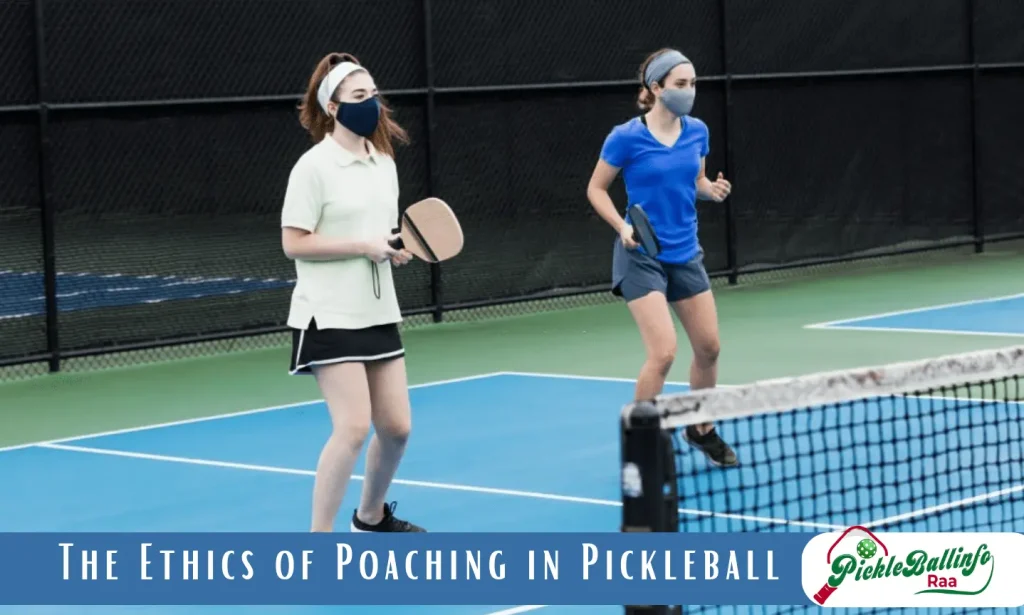
3. Community Opinions:
Opinions on Pickleball Poaching vary widely. Some players see it as a legitimate tactic that adds depth and strategy to the game. For these players, poaching is a skill to be mastered.
On the other hand, some players find it intimidating, particularly beginners who might struggle to handle poaching. They feel it might discourage newcomers from participating in the game.
Interestingly, some players enjoy the challenge that poaching presents. They see it as an opportunity to improve their game, develop better strategies, and enhance their skills.
While Pickleball poaching is a strategic move that can change the game’s tide, it’s essential to consider its impact on other players, especially in non-competitive play.
Awareness of the game’s spirit and ensuring that all players are having a good time are crucial parts of pickleball, just as much as winning is.
Interplay Between Serving Rules and Pickleball Poaching
Understanding serving rules in Pickleball is essential, not just for legal play but also for how they affect poaching opportunities. Here’s a detailed look at how serving rules and poaching interplay:
1. Understanding Serving Rules in Pickleball
The server must serve diagonally in pickleball to the receiver’s service area. The server must keep one foot behind the baseline until the ball is served.
After serving, the ball must bounce once on the receiver’s side before being returned and once again on the server’s side before being volleyed. It is known as the ‘double bounce rule’.
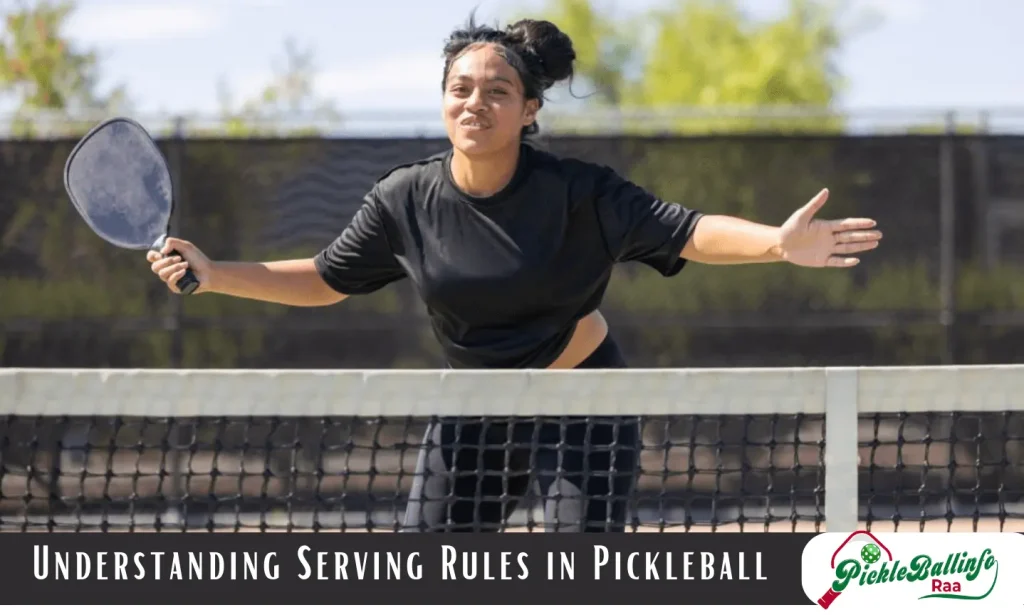
2. How Serving Rules Affect Poaching Opportunities
The serving rules can create or limit opportunities for poaching. Bouncing the ball on each side gives players time to expect and grab the return shot.
A diagonal serve can place the ball away from the centerline, making poaching in pickleball harder.
3. Strategies to Minimize Poaching Opportunities
Serving: Serve deep and towards the sidelines. It makes it difficult for the receiving team to return a weak or floating shot, reducing the chance of a poach.
Receiving: Keep your return shots low and targeted towards the server’s feet. Iist reduces the opportunity for an immediate poach from the server’s partner.
It’s essential to understand how serving rules and poaching interact. By comprehending the serving rules and how they affect poaching, you can control the game better and keep your opponents guessing.
Conclusion
Mastering pickleball Poaching can take your game to new heights. This strategy, although complex, offers a competitive edge, making the sport more exciting. However, remember always to prioritize sportsmanship.
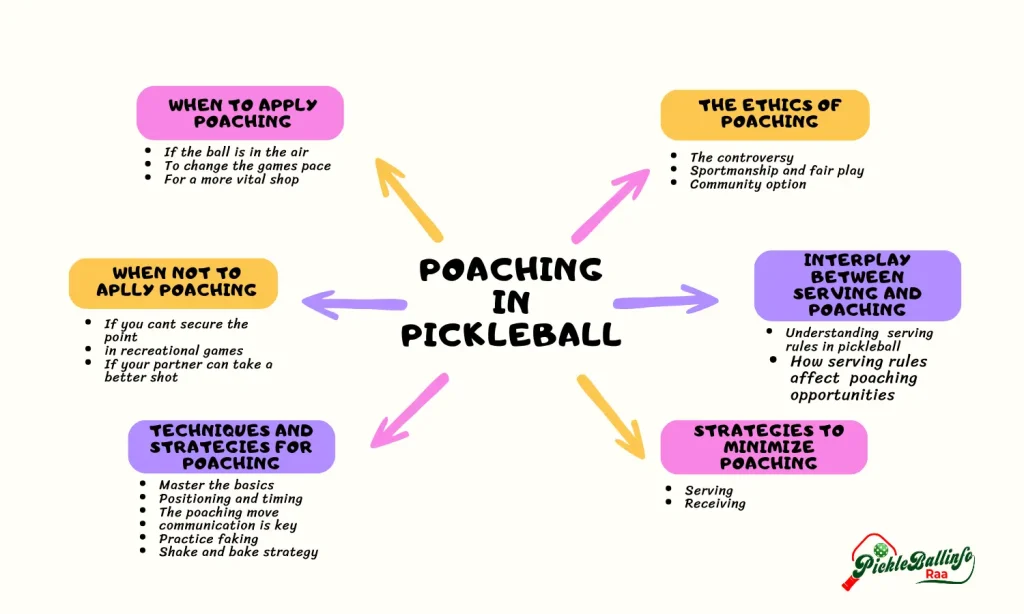
Balance your strategic ambitions with respect for the game and its participants. Keep practicing, refine your techniques, and you’ll become a skilled, ethical pickleball player. Happy playing!
FAQs
What is pickleball Poaching?
Pickleball poaching is when a player moves across the court’s centerline to hit a ball on their partner’s side of the court. It’s an aggressive strategy designed to surprise opponents and take control of the game.
When should I poach in a pickleball game?
It would help if you considered poaching when your opponents hit a weak or high shot, when your partner is under pressure, or when you need to disrupt the game’s flow. However, assessing the situation and your ability to execute a poach successfully is vital.
When should I avoid poaching?
Don’t poach if your partner can make a better shot or if you’re playing a casual game where aggressive play may not be welcome.
Is poaching considered ethical in pickleball?
The ethics of pickleball poaching can be subjective and depend on the context. Some people find it unfriendly, but others consider it a strategic technique in the game.
How do pickleball serving rules affect poaching?
Serving rules in pickleball can create or limit opportunities for pickleball poaching. Bouncing the ball on each side before hitting can allow players to anticipate and possibly steal the return shot.
How can I reduce my chance of being poached?
Keep your shots low and targeted, avoid weak or high returns, and communicate with your partner to cover any openings on your side of the court. Understanding the strategy of pickleball poaching can also help you anticipate and counteract it.

